Fujifilm X-T1 vs Nikon Df – Build and Handling
Fujifilm X-T1 vs Nikon Df – Build and Handling
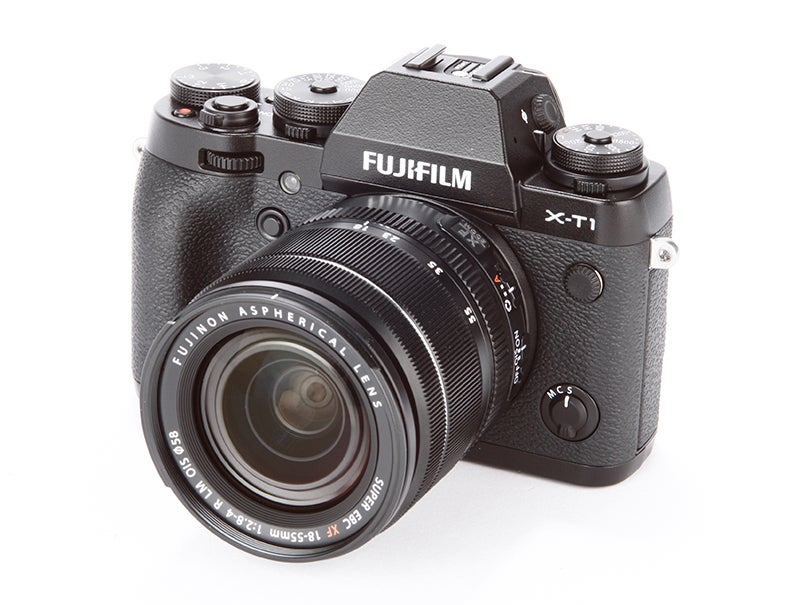
With no SLR mechanism in the X-T1, Fujifilm has been able to create a camera that is smaller than a classic SLR. It even looks like a SLR, but when you think about the design of the X-T1 there is no reason for it to have a central viewfinder position.
The Fujifilm camera could have had an off-centre finder in the same way as its X-Pro1 stablemate. In fact, the viewfinder doesn’t even have to be in a prism-style box above the body of the camera – there is no physical need for it. The reason it is centrally located is to offer an experience akin to shooting on a SLR, with a design to match.
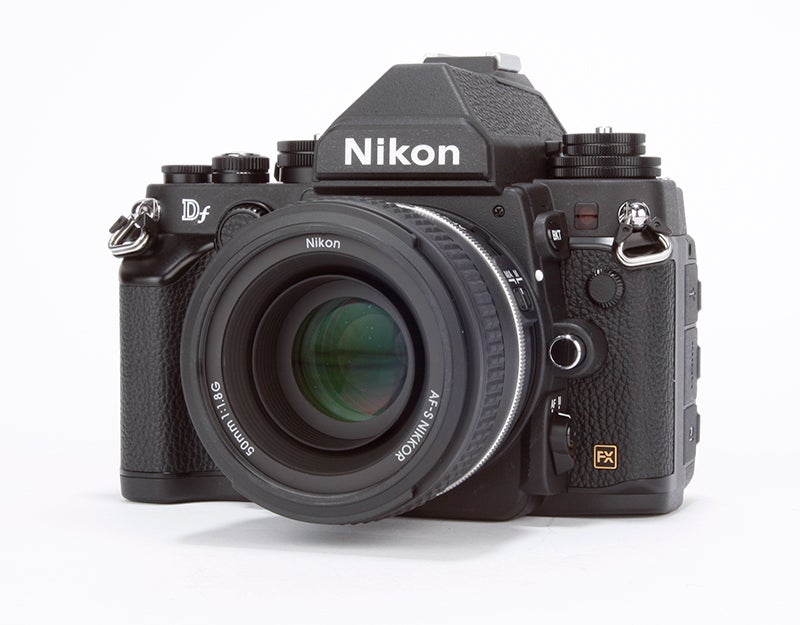
With all the modern conveniences of digital imaging, the Nikon Df is larger than the manual-focus film SLRs that it aims to mimic. It is around the same size as the nearest full-frame DSLR in Nikon’s line-up, the D610.
However, unlike a regular Nikon DSLR, the Df has many more dials. On its top-plate are sensitivity, exposure compensation and shutter speed dials. Meanwhile, the standard control dials on the front and rear of the camera adjust the lens aperture.
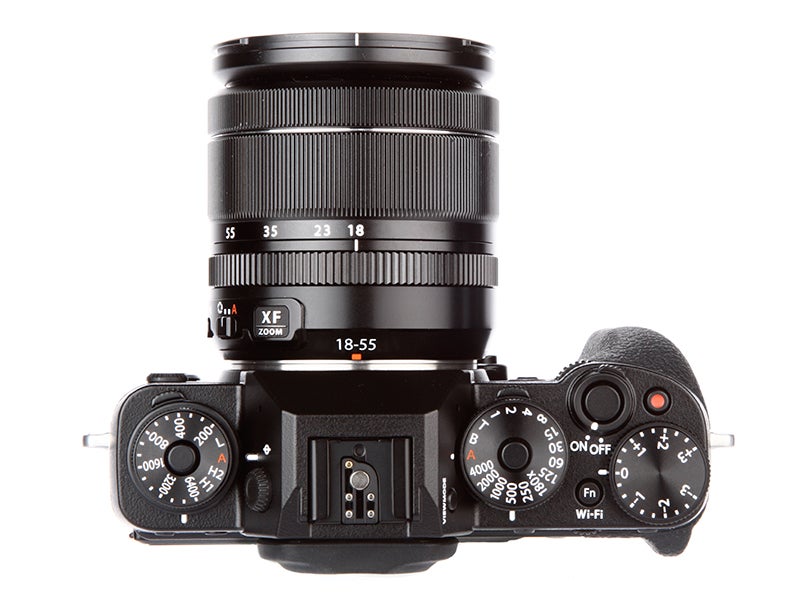
The Fujifilm X-T1 has a similar array of dials, except only the sensitivity dial and the shutter speed dial have locks. The exposure compensation dial isn’t lockable, which makes it easy to shift when needed.
A few photographers will bemoan the lack of lock on this dial. On some cameras these dials shift when they get knocked or brushed past something, resulting in a change in exposure setting. I have to say that I found no such issue with the dial of the X-T1. The exposure compensation dial has enough torque that it requires quite a deliberate turn to shift it out of its position.
On the Nikon Df, all the dials have locks, which can be a little frustrating when changing the exposure compensation.
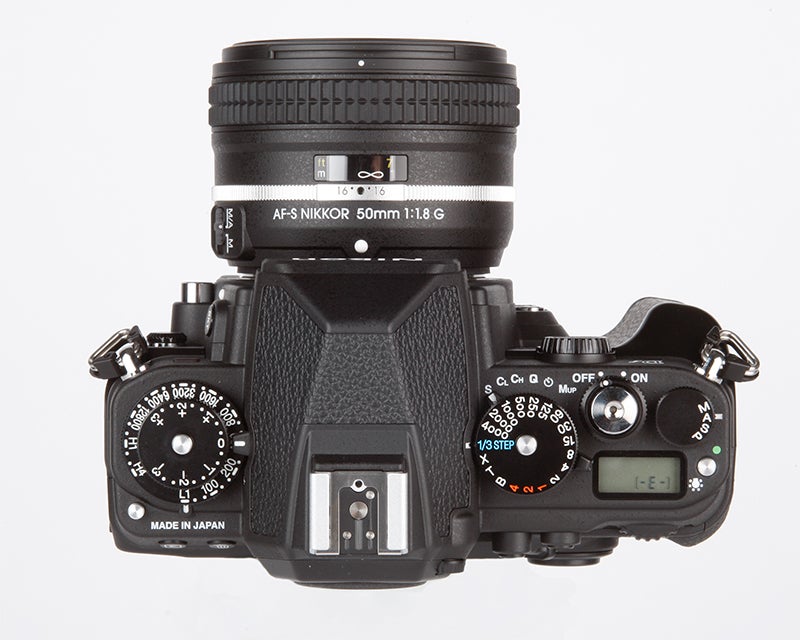
The position of the exposure compensation dial is also in an awkward place. Whereas Fujifilm placed it on the right-hand side of the X-T1’s top-plate, making it simple to adjust with your thumb while still holding the camera to your eye, on the Nikon Df the dial is on the left-hand side.
This requires you to remove your hand from the lens, which can be awkward when using some heavy glass. Not only this, but the lock button means that it is necessary to use both the thumb and forefinger to adjust the dial. The result is that the Df is slower and more awkward to make what should be quick adjustments.
The front control dial on the Nikon Df also seems to be an exercise in design rather than ergonomics. The dial is positioned vertically rather than horizontally, which, due to its position on the front of the body, makes it slightly awkward to use. Most manufacturers, including Nikon, place this control dial horizontally in a more accessible position on the front of the camera.
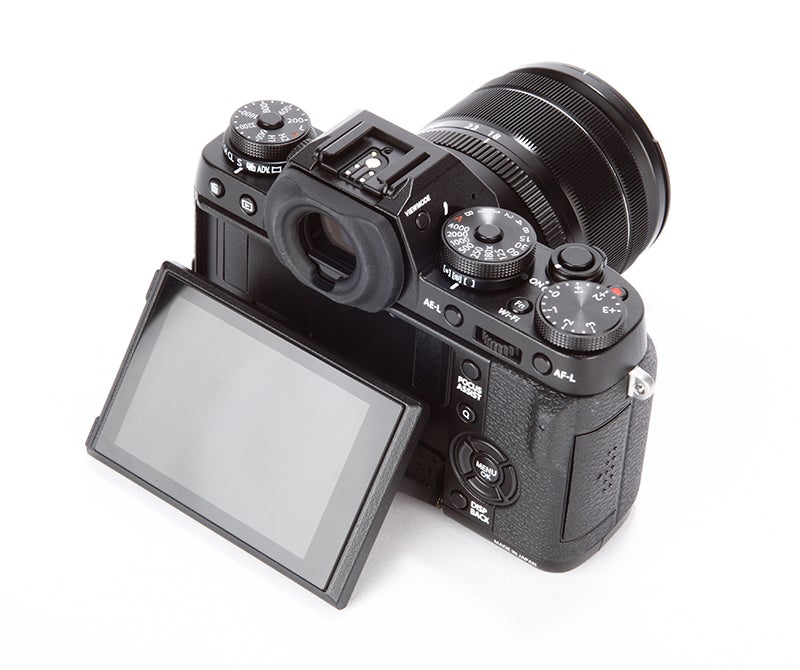
A further annoyance with the Df is its power switch, which is in the perfect position to be switched with the forefinger while holding the camera. However, it has ridged sides for purchase, rather than being a simple knob, which makes it more difficult to switch on in one-handed operation compared to the X-T1.
It is only a very simple ergonomic difference, but it is so simple that you wonder why Nikon didn’t use a slight variant of its standard power switch.
Each camera also has its own quirks when it comes to their respective menu systems. While Fujifilm’s menu has got a lot better in the last few years, it is still detailed and extensive and can take some time to find the feature or function that you need. Plus, it is frustrating that the extended ISO settings are only available for JPEGs and not raw format.
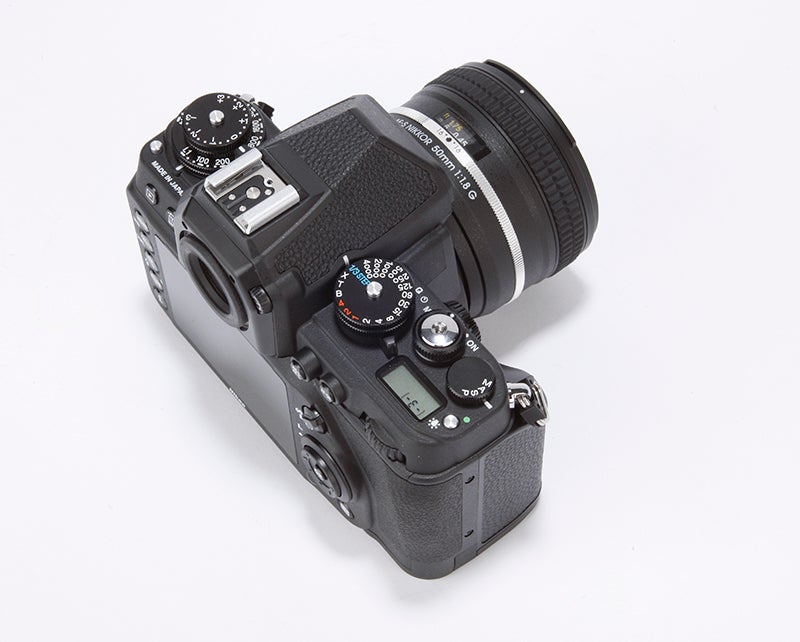
The Df, on the other hand, has by default turned off the option to review an image on the rear screen. So after you have taken an image with the Df, you have to hit the play button to view it. This goes against the way ever other digital camera operates, and everyone I know who has used the Df has immediately gone in to the menu system and changed this setting.
The fact is that the popularity of digital imaging is because of the immediacy of being able to see what you have just taken. As much as Nikon wants the Df to behave more like a film SLR, having the instant preview turned off by default goes against what photographers want from a digital camera. Luckily, it is something easily changed in the custom menu.
The Df does have some nice touches, such as the tiny LCD on the top-plate that looks like a frame counter on a film SLR, and the cable-release screw thread on the shutter button. The Fuji X-T1 lacks both these features, but overall I prefer the way that the X-T1 handles.
The size and weight of the X-T1 make it a much better option for those that want a high-quality travel camera, and like the Nikon Df, its body is weather-sealed. The X-T1 also has an articulated screen, making it easy to shoot at awkward angles.




